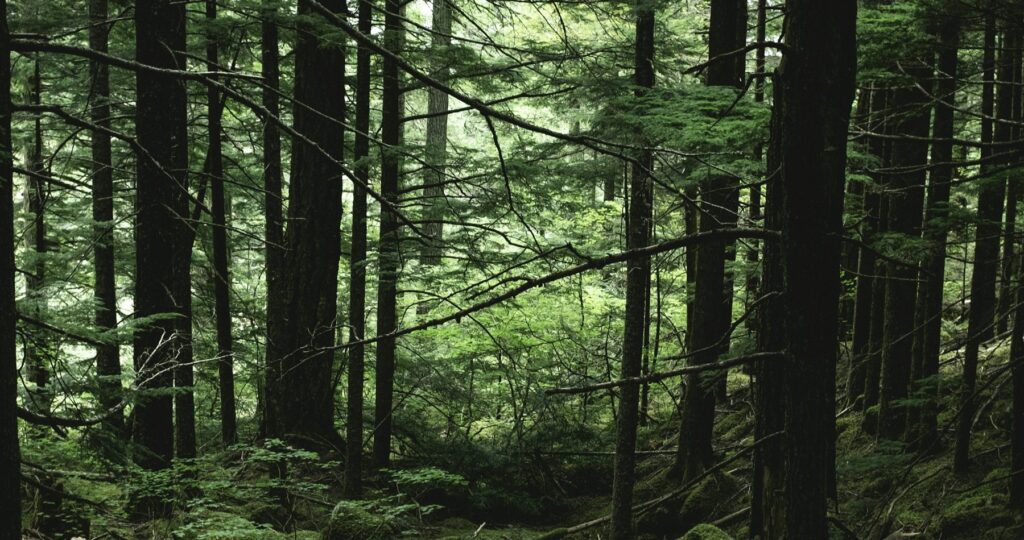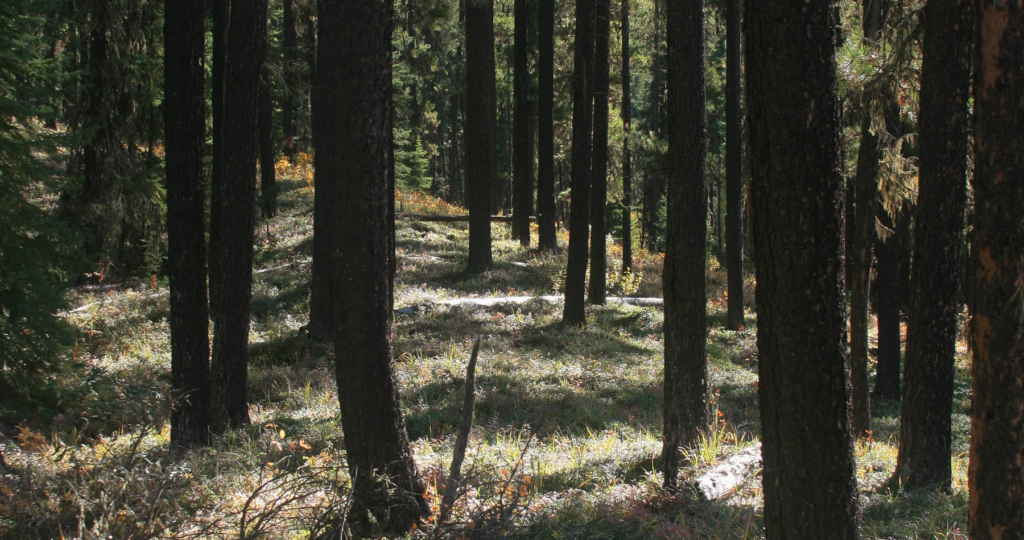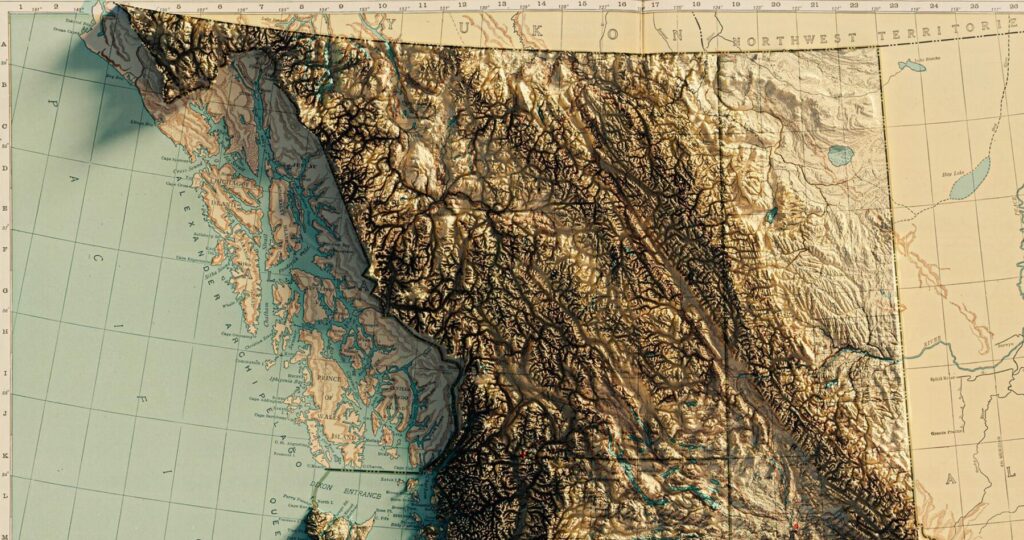Post Category : Glossary
Wedge
By Reid Graham on May 31, 2017
This little guy is a wedge, or sometime as it is sometimes known as its french name, pieces esquilles. These tools are thought to have been used to split organic materials like wood and bone, much like an ancient stone chisel. One of the sharp sides of the wedge would be placed against the material that you wanted to split, and you would hammer the other end with a stone to drive the wedge through it. Since this little tool would literally be caught between a rock and a hard place, using a wedge would often create bipolar flake scars. You will also often see crushing and lots of hinge fractures on the tops and bottoms of these tools, where the edges are being crushed against the hammerstone and the material being split. As a result, wedges often have a short and squat rectangular body shape.
This particular specimen is made from a very coarse grained quartzite. Based on the reddish hue of the stone, it may have even been heat treated to improve the quality of the material. It was found near Wabasca-Desmarais, on a high ridge that overlooked a broad stream valley.
Related Posts
By Fallon Hardie

February 12, 2025
Culturally Modified Trees of the Interior, British Columbia
A Foreword For the Archaeologists who’ve found themselves interested in the niches of Ecology and Landscape-Use-Dynamics, we tend to recognize the landscape as a dynamic whole; a manuscript of activities, knowledge, and ideologies that human societies have crafted and applied to the environments in which they live. However, Professional Consulting Archaeologists in Cultural Resource Management
Keep ReadingTags: Archaeology | CMT | Culture | history | Land Use Dynamics | methods | Sites | traditional use sites
By Maegan Huber

January 31, 2025
Alberta’s Boreal Sand Hills
Alberta’s Boreal Sand Hills Some people may be surprised to learn that Alberta is home to a series of large sand hill complexes made up of large forested dune features. Typically, when we think of sand dunes we tend to picture hot and dry regions with minimal vegetation, often situated near oceans. However, Alberta’s boreal
Keep ReadingTags: #Boreal | #Geology | #Geomorphology | #IceSheets | #Sandhills | Alberta | Archaeology | CRM | Sites
By Braedy Chapman

July 2, 2023
Top sites of 2022, BC edition
Field operations in British columbia 2022 marked Ember Archaeology’s first year of significant field operations in British Columbia. Our BC crews conducted a number of sizable wildfire-related projects for the BC Ministry of Forests over the course of the season, ultimately surveying hundreds of kilometers of constructed fireguards and fuel reduction developments. These were nearly
Keep ReadingTags: 100 Mile House | Anaheim Peak | Archaeology | Arrowstone Hills | Athapaskan | Baezaeko River | Biface | British Columbia | Cache Creek | Chilcotin | CRM | Dacite | Early Nesikep | Interior Plateau | Lehman Phase | Lithics | Maiden Creek | Nazko | obsidian | projectile point | Side notched | Sites
